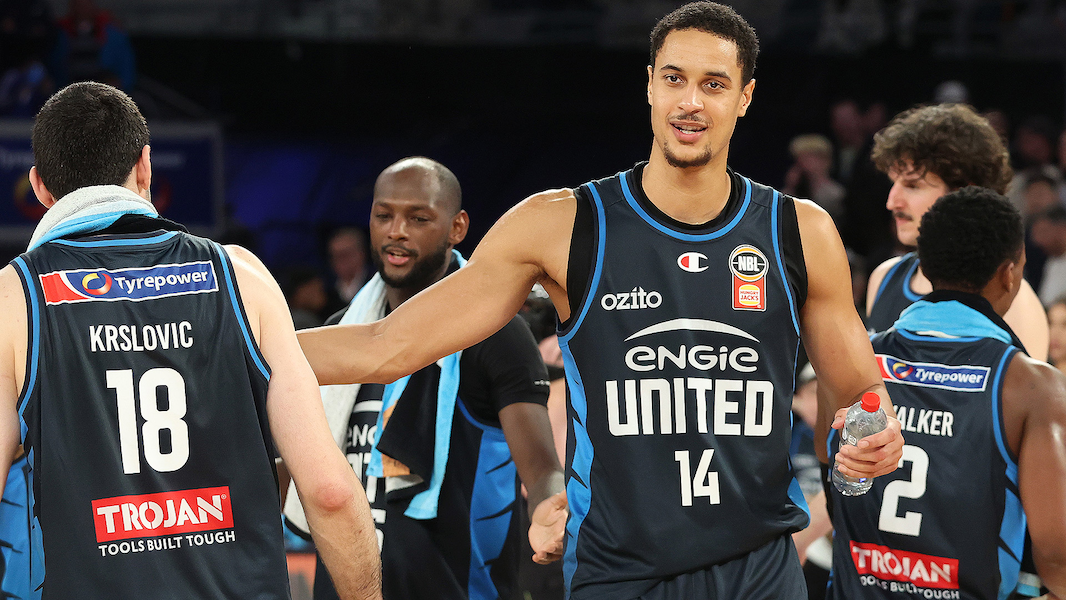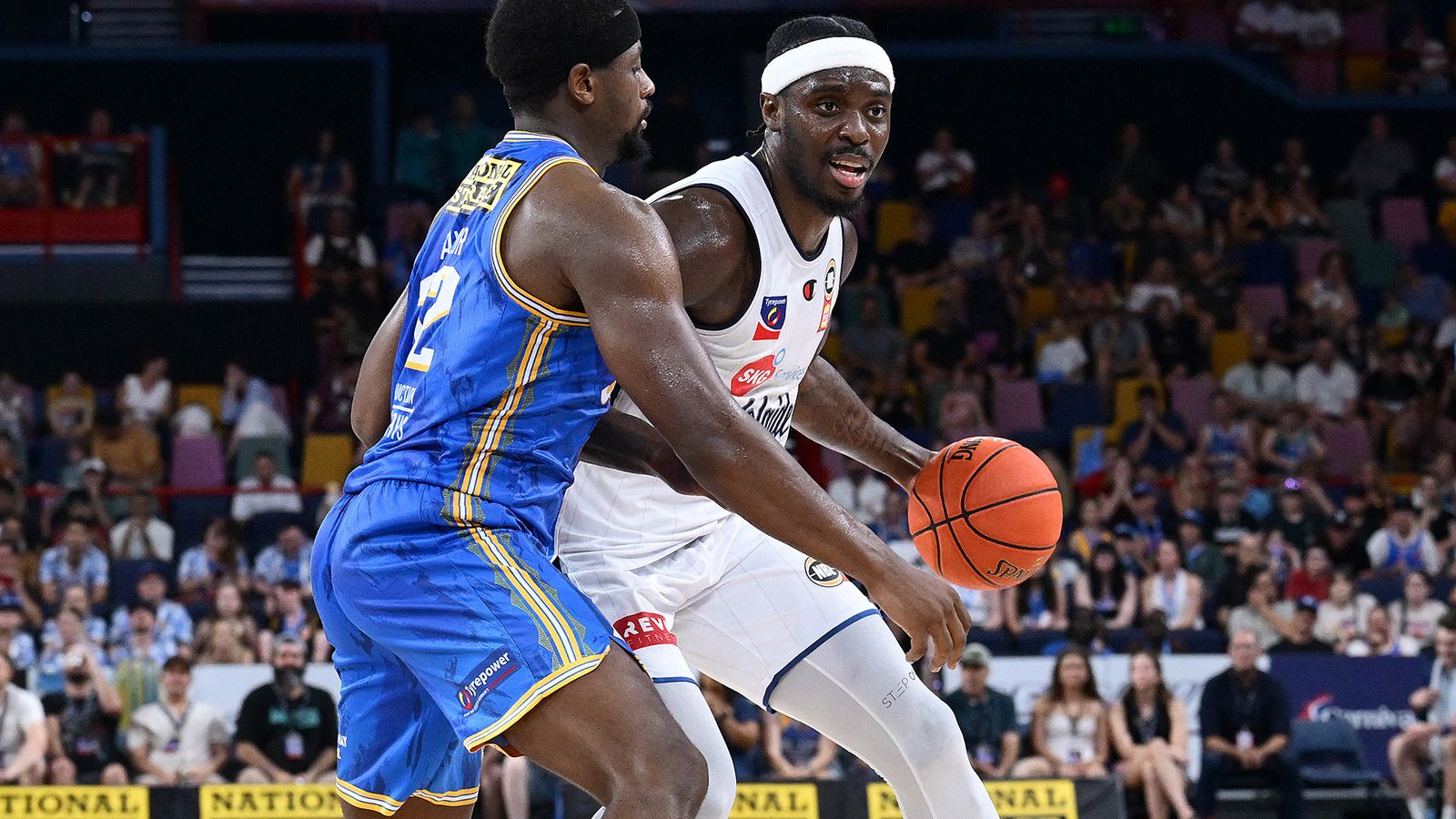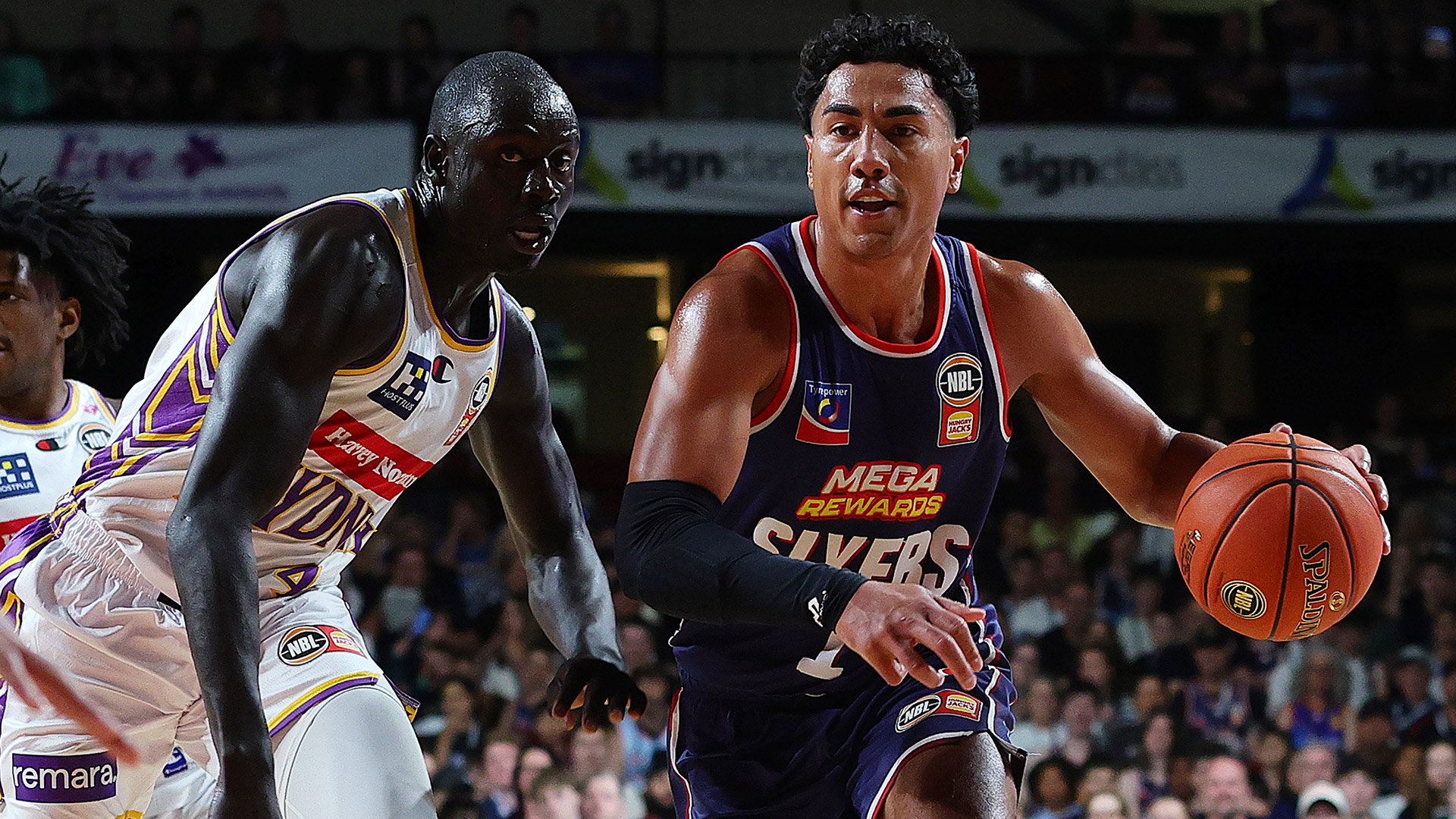WITH the National Basketball League (NBL) launching this year’s Blitz pre-season tournament, plenty of sides are looking to get a gauge on how they are tracking in comparison to their opponents. The competition provides the opportunity for teams to take a look at areas they are excelling in, and others that require a level of improvement. With half a dozen games down already, we take a look at some of the key statistical categories that teams would like to ideally dominate in. We also see how much these are affecting the results of the contests we have seen so far throughout the two-week tournament.
Field goal percentage:
The shooting struggles continued for a few of the league’s teams this week, while others appear to have found their mojo after playing multiple games. Tuesday night’s action opened with the Perth Wildcats and the Adelaide 36ers both struggling to find any offensive fluidity, with low shooting percentages coming for both teams. The Wildcats were only able to produce 56 points, which was largely due to the side shooting just 31 per cent from the field, making only 21 of their 67 shot attempts. 56 points is almost never a winning score in the NBL, and the blame for this falls mostly on inaccuracy, which outlines the importance of this category.
The contrasting result of this came on Thursday night, when the New Zealand Breakers and the Sydney Kings played out a thrilling and high-scoring match. Both sides delivered scores upwards of 90 points, which kept fans across the country entertained with the frequency of baskets. The two sides were able to shoot over 49 per cent from the field, which made for some seriously engaging and fast-paced action for those in attendance. The sides pushed the tempo to create high-percentage looks at scoring, and should be considered the benchmark for shooting efficiency and scoring moving forward. Interestingly, the Breakers won the game despite shooting a lower percentage than their opponents, however this was an extremely low difference.
Three-point percentage:
Teams continued to put up a high number of shots from behind the three-point line, with the sides adapting to the modern game of extending the range of the looks they attempt to create. Given this is a newer concept to the NBL, there are a number of sides struggling to find consistency in this area. For example, the match between the Wildcats and the 36ers saw the two teams unable to produce a strong shooting performance. The Wildcats in particular struggled in this area, despite putting up a high number of shots. They were only able to make seven of their 35 attempts from deep, and the saying ‘live by the three, die by the three’ came into fruition as the side was unable to deliver a win.
The Breakers proved an example of how success can come from accurate shooting from behind the arc, often relying on their sharpshooters to keep them in the contest when the match was in the balance. Frequently, the Kings looked set to break away in the game, but the accuracy from the Breakers in this category proved vital in determining the result of the match. New Zealand were able to make 13 of their 35 shots from three-point range, which was head and shoulders above the rest of the competition this week, and it ultimately helped deliver their win.
Rebounding:
This category became an anomaly of sorts this week, with two of the three winning sides actually grabbing less boards than their opponents. Earlier this week, it was awfully common to see the rebounding battle reflective of the result, but this has changed as the matches have progressed. The most eye-catching result came on Thursday night, when the Breakers ended up winning their match, but were outrebounded by a whopping 12 boards. It is evident the Kings had more opportunities to claim the win, with a higher rebounding total resulting in more field goal attempts, but it ended up being three-point accuracy that was the deciding factor.
The only match that ended up following the formula that has been seen so many times in the past was the clash between the Wildcats and the 36ers. Adelaide snatched eight more boards than their opponents, and it ended up showing in the final result, with the side making the most of the extra opportunities to score and claiming a seven-point victory.




























